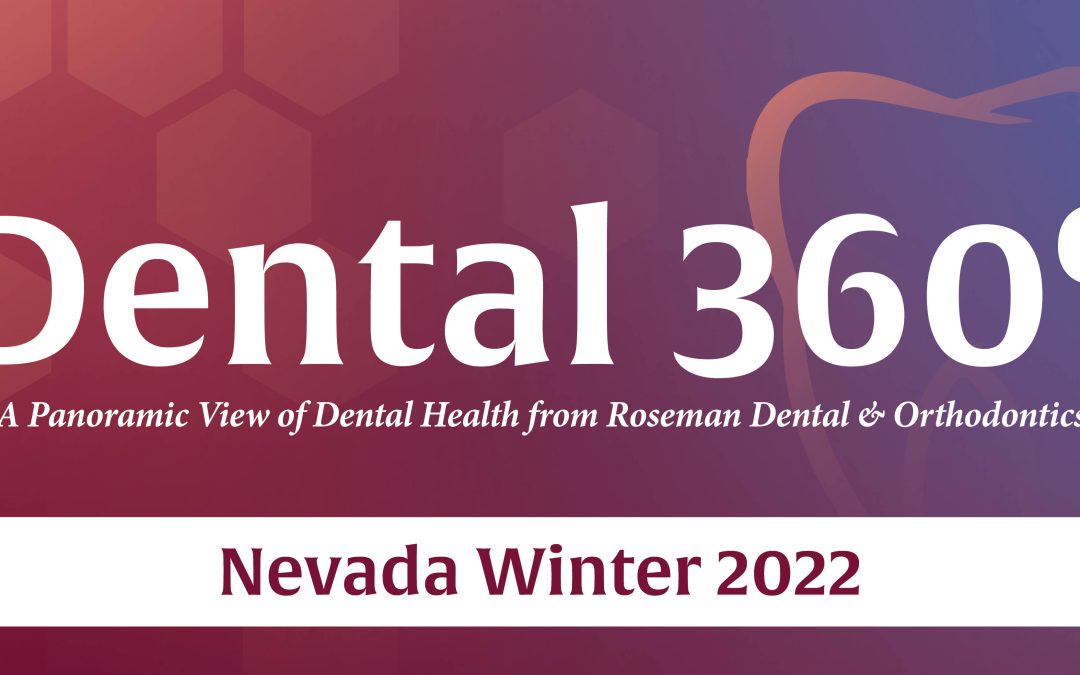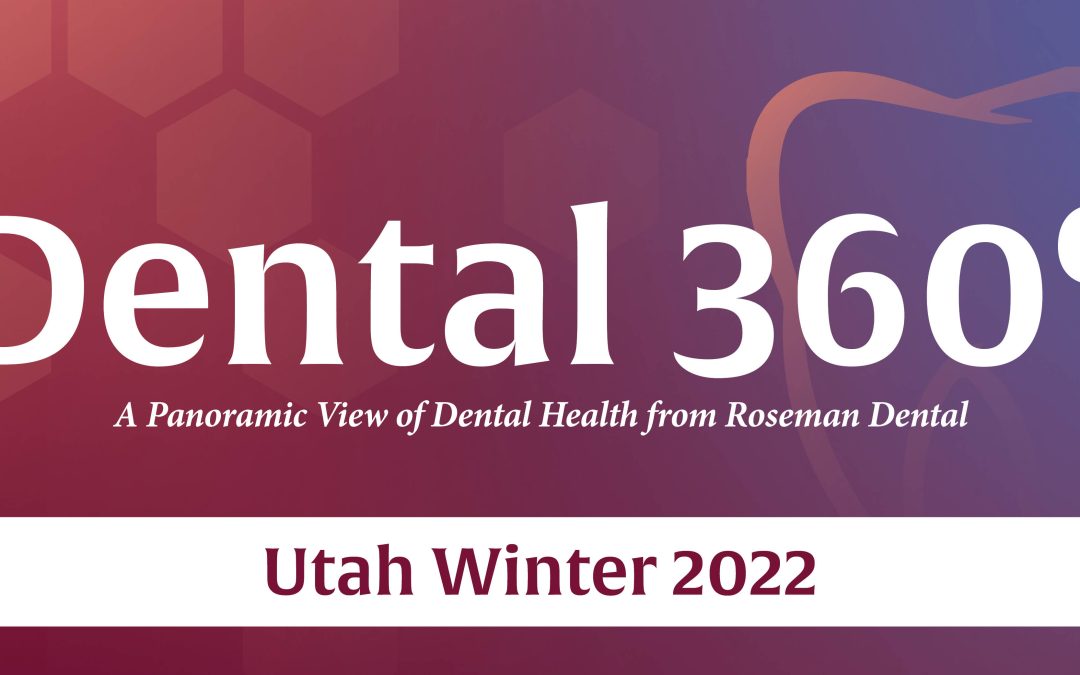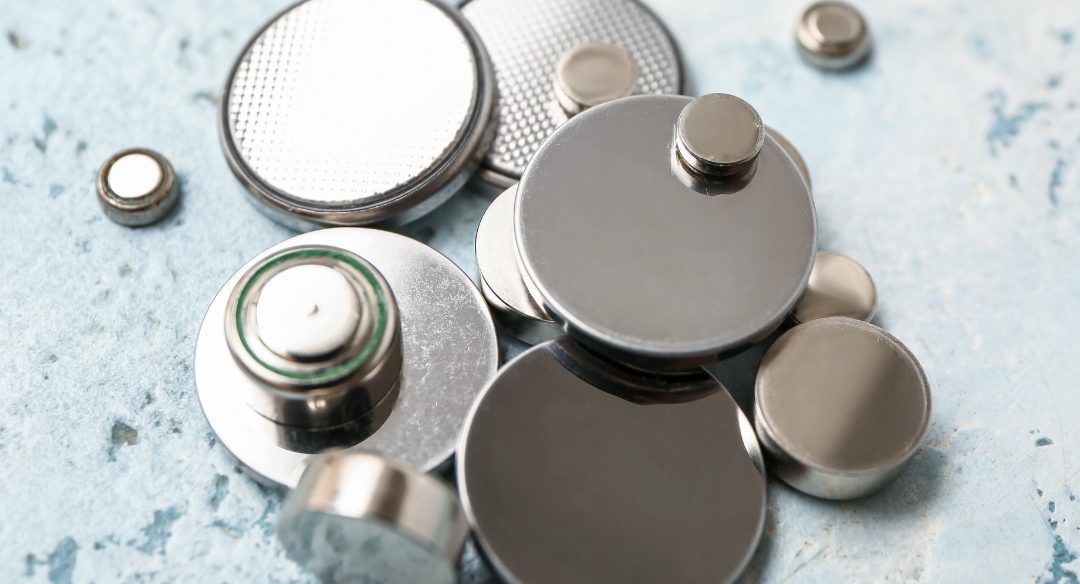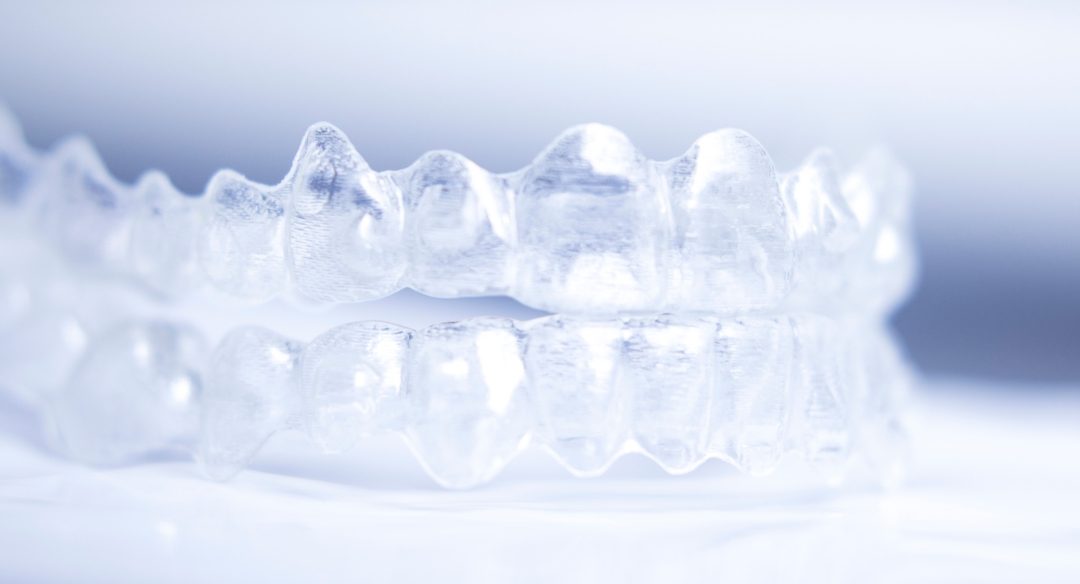
by Roseman Dental | Feb 10, 2023 | Dental 360, Dental Clinic Blog, Roseman Dental - NV, Roseman Dental - UT
February is National Children’s Dental Health Month (NCDHM), a month dedicated to promoting the importance of dental health in children.
According to the American Dental Association (ADA), NCDHM began as a one-day event in Cleveland, Ohio, on February 3, 1941. The ADA held the first national observance of Children’s Dental Health Day on February 8, 1949. The single day observance became a week-long event in 1955. In 1981, the program was extended to a month-long observance known today as National Children’s Dental Health Month. Since 1941, the observance has grown from a two-city event into a nationwide program. NCDHM messages reach thousands of people in communities across the country and at numerous armed services bases.
The theme for this year’s NCDHM is “Brush, Floss, Smile.” It is so important to develop good habits at an early age. Taking your children to the dentist every six months assists children in getting a good start on a lifetime of healthy teeth and gums. To get started on teaching your children good oral hygiene habits, take a look at the below “Healthy Smile Tips.” For ways to prepare for your very first dental visit with your child, click here.
- Brush your teeth 2x/day with fluoride toothpaste.
- Clean between your teeth daily.
- Eat healthy foods and limit sugary beverages.
- See your dentist at least twice a year.
Dental health in children is key to their overall health and success in school and in life. We are dedicated to helping your children learn the importance of oral health and to make it fun. In honor of this month, below you will find some activities you can do at home with your children that are focused on teaching about dental health.
Fun Activity Sheets for Children (English)
Hojas de Actividades Divertidas para Niños (Español)
Additional Activity Sheets (English/Spanish)
For more information, or for reduced-cost, compassionate dental care for the entire family, schedule an appointment by calling 801-878-1200 (UT) or 702-968-5222 (NV).

by Roseman Dental | Feb 7, 2023 | Dental 360, Dental Clinic Blog, Roseman Dental - NV, Roseman Dental - UT

by Roseman Dental | Dec 12, 2022 | Dental 360, Dental Clinic Blog, Roseman Dental - NV
The holidays are here! In this Winter issue of Dental 360°, you’ll learn about the pros and cons of teeth whitening, find out how to tell the difference between a sinus infection and tooth pain, gain insight into the dangers of “button” batteries, and learn why cheaper & convenient isn’t always better when it comes to your teeth. We are also very excited to announce that starting in February we will be offering same-day crowns!
Roseman Dental & Orthodontics’ Dental 360° is a monthly e-newsletter. Each month you’ll receive a panoramic view of dental health. Dental health is key to your overall health and here at Roseman Dental & Orthodontics, we are dedicated to improving not only your mouth, but your whole self. At our clinic we have an excellent team of licensed dentists, orthodontists, orthodontic residents – 30 to be exact, and dental residents all focused on you and your family’s oral health. Roseman Dental & Orthodontics has been serving its community since 2009 and is a comprehensive, one-stop shop for all your dental needs including dental, orthodontic and craniofacial cleft lip & palate treatment.
We hope you find Dental 360° helpful and informative. We look forward to connecting with you each month.
Dental 360° Winter Articles
Teeth Whitening: The Pros & Cons
Can A Sinus Infection Lead to Tooth Pain?
The Dangers of “Button” Batteries
Direct-to-Consumer (DTC) Aligners – Why Cheaper & Convenient Isn’t Always Better, Especially When it Comes to Your Teeth
Same-Day Crowns (CAD/CAM)
Subscribe to e-newsletter

Click Here to Leave a Review

by Roseman Dental | Dec 12, 2022 | Dental 360, Dental Clinic Blog, Roseman Dental - UT
The holidays are here! In this Winter issue of Dental 360°, you’ll learn about the pros and cons of teeth whitening, find out how to tell the difference between a sinus infection and tooth pain, gain insight into the dangers of “button” batteries and mark your calendar for our annual Give Kids a Smile® event on the first Friday in February where we will be providing free dental screenings & cleanings to qualifying children ages 18 and under.
Roseman Dental’s Dental 360° is a monthly e-newsletter. Each month you’ll receive a panoramic view of dental health. Dental health is key to your overall health and here at Roseman Dental, we are dedicated to improving not only your mouth, but your whole self. At our clinic we have an excellent team of licensed dentists, dental residents and students, and dental assistants and hygienists all focused on you and your family’s oral health. We offer comprehensive care, are a one-stop shop for all your dental needs and offer dental care at a cost up to 50% lower than what you would find at a traditional dental office. Roseman Dental has been serving its community since 2011 and we look forward to continuing to serve you and your family.
We hope you find Dental 360° helpful and informative. We look forward to connecting with you each month.
Dental 360° Winter Articles
Teeth Whitening: The Pros & Cons
Can A Sinus Infection Lead to Tooth Pain?
The Dangers of “Button” Batteries
2023 Give Kids a Smile® Presented by Marathon Petroleum Corporation – Free Dental Screenings & Cleanings for Children 18 & Under

by Roseman Dental | Dec 7, 2022 | Dental 360, Dental Clinic Blog, Roseman Dental - NV, Roseman Dental - UT
The Costco Connection Magazine ran an article a few years back about keeping button-sized batteries out of reach for children and toddlers. While in residency, my husband Matthew cared for a one-year-old girl who accidentally swallowed a small battery. With all the saliva and mucous in the digestive system, electricity was conducted through the battery and the soft lining of her esophagus was burned. Over the following year, the toddler had to be put under general anesthesia three times to have her esophagus surgically repaired. Her surgeon believed that more operations would probably have to be planned in the future and the poor child would never have a completely normal digestive system again. This haunting case remained close to his heart for years.
With the holiday season here, it’s important to understand the dangers of batteries for small children. We all know they like to put everything in their mouths, especially if it’s small. In a technology focused world, a lot of electronic toys and devices require these small, but powerful lithium batteries including musical holidays cards which I am sure all of us will be receiving this month. If your child were to swallow one of these, it is imperative to go to the ER right away to get it removed. Even if it’s a dead battery, damage can still occur in as little as two hours.
Here is the article from Costco Connection Magazine:
“Keep Out of the Mouths of Babes” by David Wight
Small “button” batteries, found in countless home and personal electronic devices, represent a huge danger to children. Since 1985, more than 3,500 injuries and at least 17 deaths have been attributed to children swallowing button batteries, according to Energizer, a battery industry leader and a partner with Safe Kids USA in a child-safety advocacy group devoted to raising awareness of this threat.
Many homes have older devices not equipped with the more current safety approaches being used by manufacturers. Calculators remote control devices, cameras, penlights, hearing aids, cellphones, and watches are just a few of the devices that use button batteries, which can also be found in musical greeting cards.
Choking is not the danger. The big risk is the power emitted by these tiny but powerful lithium batteries. When combined with saliva or other body fluids, the result can be a serious burn. The battery doesn’t have to leaking for that to happen, and even a weak or dead battery will have enough of charge left to do damage.
Immediate action is required if you suspect a child has swallowed a button battery. It takes as little as two hours for a hole to be burned in or through a child’s esophagus, trachea, stomach or nasal-septum, leading to serious illness or even death.
If you think your child has swallowed a button battery or has placed one in his or her nose, seek medical attention immediately. Button batteries are visible on an x-ray. If one is detected in the esophagus, trachea, ear or nose, it must be removed as soon as possible to prevent serious injury.
Tips for a battery-safe home
- Keep spare or dead batteries as inaccessible to children as medications or products containing poison.
- Never let children play with batteries.
- If you have devices that use button batteries, make sure to secure the battery compartment from your child’s prying fingers. Extra layers of tape over the battery compartment door may prove effective.
Author: Dr. Alice Chen, DMD


by Roseman Dental | Dec 6, 2022 | Dental 360, Dental Clinic Blog, Roseman Dental - NV
In today’s fast paced society, time seems to be in short supply. With more obligations than ever, people are always looking for ways to get what they need faster, cheaper, and more convenient than before. However, there are some instances, such as your health, where you may not want to choose the cheaper option.
Many patients interested in straightening their teeth have likely seen the ubiquitous advertising campaigns being pushed by so called “direct-to-consumer” aligner companies. These companies promise to straighten your teeth quickly from the comfort of your home for less money than getting treatment from a trained orthodontic specialist like those at Roseman Dental & Orthodontics.
Wow, cheaper and easier! Sounds great right? With such lofty promises, we understand that this may be a tempting option for many people looking to improve their smile. However, there can be many unintended consequences of treatment through DTC aligner companies that people are not aware of. There’s a reason no dentist or orthodontist would ever recommend mail order aligners to their patients! There are many crucial aspects of proper orthodontic treatment missing from mail order aligners, that can lead to very unsatisfactory outcomes, or worse – do permanent damage to your teeth and jaws! If you are interested in learning the differences between mail-order aligners and Invisalign treatment supervised by a trained orthodontic specialist, like here at Roseman Dental & Orthodontics, keep reading!
How DTC Aligner Companies Processes Work
When you begin treatment with a “DTC aligner” company, they will send you a kit to take an impression (or a mold) of your teeth at home, which they then use to fabricate custom aligners. In some cities (including Las Vegas!), these companies have opened small offices where you can go to have a digital scan (NOT an x-ray) of your teeth taken by an employee.
Once the tooth impression is completed, DTC aligner companies say that your case will be sent to a dentist to approve your case for aligner treatment, and they claim that only appropriate “mild to moderate” cases will be approved. In reality, nearly every case gets approved, regardless of complexity. At no point throughout the process has a patient been seen by a dentist involved in the orthodontic treatment.
After the case is approved by a remotely located dental professional, the aligner trays are manufactured and shipped directly to the patient. At the “completion” of the treatment, the patient has the option of getting rescanned or having retainers sent to them. Again, this is without ever having to see an orthodontist to evaluate the treatment progress or finish.
What DTC Aligner Companies Do Not Do
As stated earlier, there are some serious compromises to achieve the convenience of DTC aligners. For example:
- DTC aligner companies do not have x-rays to evaluate the teeth: X-rays are important to understand the limits of how far the teeth can move.
- DTC aligner companies do not evaluate for periodontal disease: Orthodontic treatment for patients with active periodontal disease can lead to worsening of the condition, loosening of the teeth, or worse, loss of teeth.
- DTC aligner companies do not conduct a dental exam: Dental exams are necessary to assess the patient’s overall needs, including restorations, extractions, and other needed dental work. Failure to do so can result in less-than-optimal results.
- DTC aligner companies have a very limited focus: There are many other issues involved in orthodontic treatment other than straightening the teeth. These issues can only be properly assessed through an orthodontic exam.
- DTC aligner companies have no oversight: Patients may not understand when things go wrong and treatment has to be recalculated. Imagine driving to your destination and making a wrong turn along the way – you will never get to your planned end point.
It is understandable to want to get something done “faster, cheaper & easier”, unfortunately healthcare, including dentistry and orthodontics, is not one of those that we should compromise on. DTC aligner companies have used this to their advantage, but the one adjective they have not incorporated is “better” – and that is not something to be compromised.
Roseman Dental & Orthodontics can help you achieve the smile you’ve always dreamed about. Utilizing advanced technology with new treatment methods, we will create individualized treatment plans based on the patient’s unique situations and treatment needs at costs up to 50% less than that of a private practice. Come in for an evaluation today.
Author: Dr. Anthony Decker












